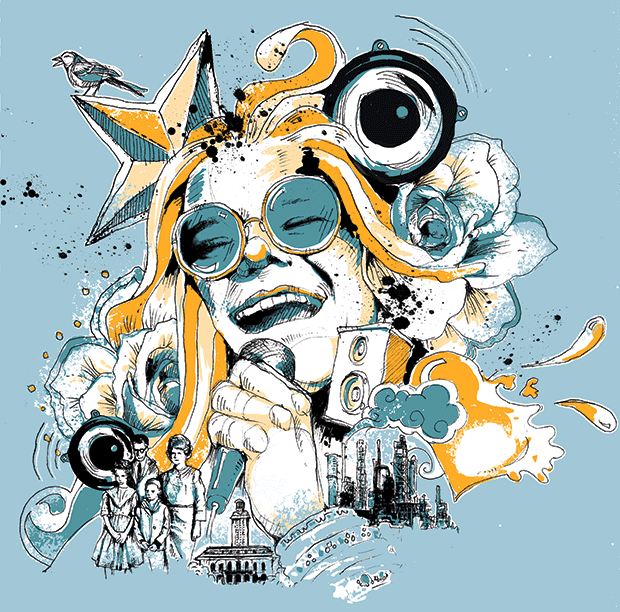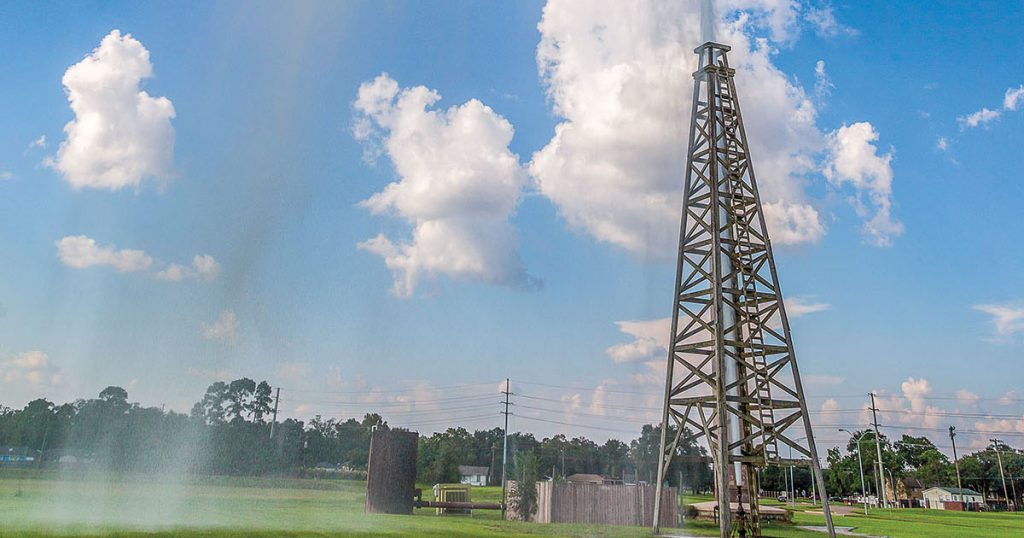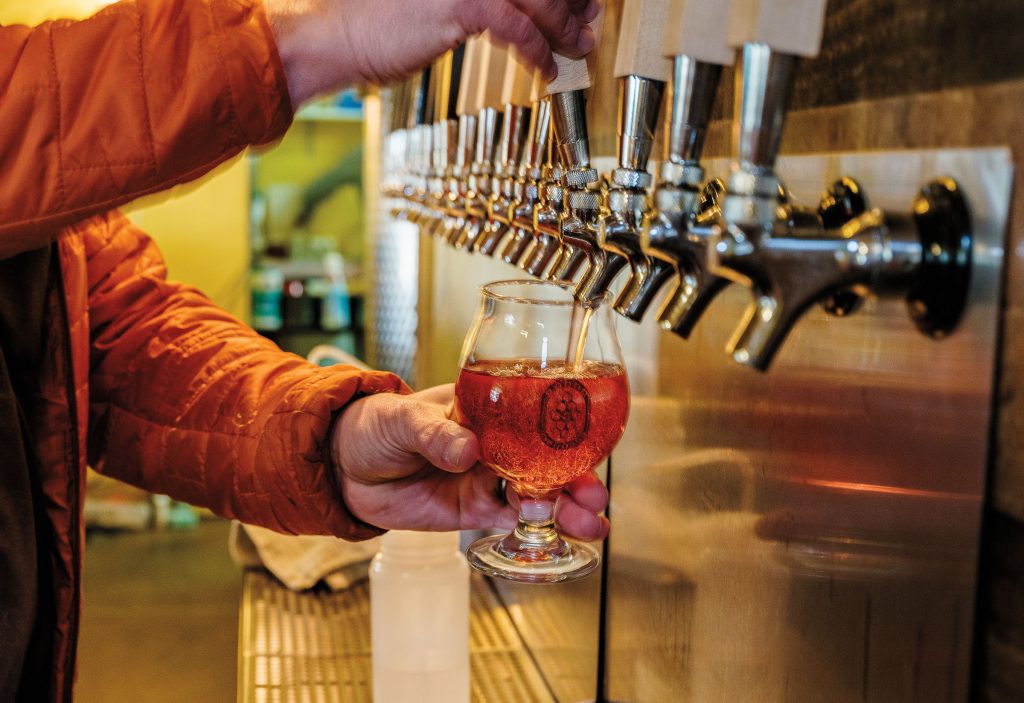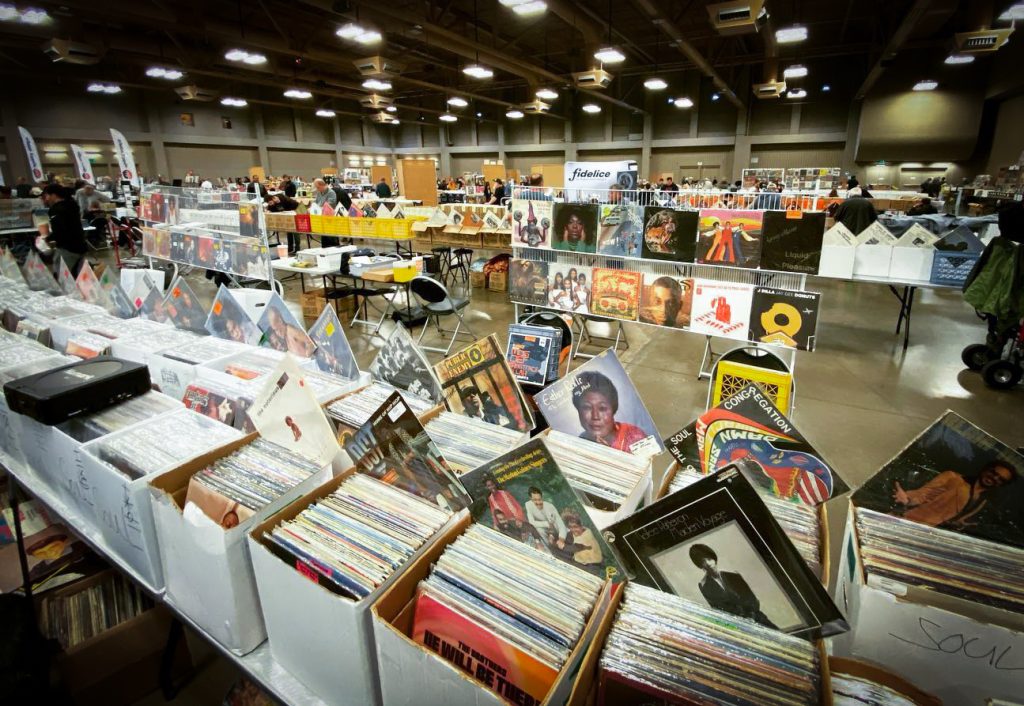
Illustration by Shannon Brady
Janis Joplin’s Texas Roots
Janis Joplin was born and raised in Port Arthur and attended the University of Texas at Austin, where she sang folk music before moving to San Francisco and becoming a rock star. Here are places where you can learn about Joplin’s Texas roots:
The Museum of the Gulf Coast, at 700 Procter St. in Port Arthur, showcases Joplin in its Music Hall of Fame. The exhibit includes personal effects, artwork, photos, and memorabilia, including a replica of her psychedelic 1965 Porsche. The museum also carries Joplin souvenirs in its gift shop (including a brick from Joplin’s first home for $35), as well as free maps of Joplin sites in town, such as her childhood home and the high school she attended. The map is also available on the museum’s website. Call 409/982-7000.
St. Mary Hospital, at 3600 Gates Blvd. in Port Arthur, is where Janis Lyn Joplin was born on January 19, 1943.
The Joplin home, at 4330 32nd St. in Port Arthur, is where Janis lived from ages 4-18. Though there’s a historical marker in front, the current owners request that visitors not come to the door.
Thomas Jefferson High School, at 2200 Jefferson Dr. in Port Arthur, is where Janis graduated in 1960. It’s now called Memorial High.
Threadgill’s Old #1, at 6416 N. Lamar Blvd. in Austin, still has the small barroom where Joplin sang, decorated with photos, posters and Sam Yeates’ painting of Janis singing with Kenneth Threadgill. The former filling station/beer joint was saved from the wrecking ball and opened as a Southern comfort-food restaurant in 1981. Call 512/451-5440.
Threadgill’s World Headquarters, at 301 W. Riverside in Austin, also displays Joplin memorabilia, plus you can order “the Janis Joplin,” a mix of her favorite booze—Jack Daniels and Southern Comfort. The restaurant boasts a busy schedule of live music. Call 512/472-9304.
The Cactus Cafe, located in the University of Texas Student Union, occupies the space once known as the Chuck Wagon, where Joplin performed in the early ’60s. The Cactus hosts touring and local singer-songwriters on a regular basis. Call 512/475-6515.
“The Ghetto” at 2812 1/2 Nueces St. in Austin was torn down long ago, but Dirty Martin’s Place, located across the street at 2808 Guadalupe St., still serves cheeseburgers that were popular with Joplin’s Ghetto crowd. Call 512/477-3173.
“She took a long, hard look at Roky,” recalled Powell St. John, a member of Joplin’s first band, the Austin-based Waller Creek Boys, in ’62. “She loved his rock-and-roll energy.” Soon after, Janis went from a belter to a wailer, with a psychedelic band behind her urging her to lose control. The rock world had never seen anything like Janis Joplin, who went from unknown to superstar, along with Jimi Hendrix, at the 1967 Monterey International Pop Festival. By the next year, Janis and Big Brother had a No. 1 album with Cheap Thrills and a hit single with “Piece of My Heart.”
But by the fall of 1970, both Hendrix and Joplin, who broke stereotypes for black and female musicians, were dead at age 27 from drug-related causes. While her rise and fall in California were meteoric, the roots of Janis’ musical and personal journey were set in Texas, where fans today pay homage at Port Arthur’s Museum of the Gulf Coast and in Austin at places like Threadgill’s, the historic beer joint where she embarked on her singing career.
Several biographies and documentary films have told of Joplin’s self-destructive ways. She could feel like a million bucks one hour, then crash into self-worthlessness the next. “She was in touch with her emotions and who she was in a way that no one I knew was in touch with,” said David Getz, the former drummer of Big Brother and the Holding Company, in the Joplin documentary Little Girl Blue, which aired on PBS as part of its American Masters series. “That’s the price you pay for doing that art on that level.”
Joplin was the girl people picked on who became the girl they adored, almost overnight, and so she played up her reputation as an overindulged rock star. That was the fantasy world she lived in. But East Texas was always real life.
Although Joplin resented her hometown, she remained close to her family and she visited from time to time, noted Sarah Bellian, curator at the Museum of the Gulf Coast. “She may have thought Port Arthur was the worst place in the world, but it was the place that she was from, and it was always going to matter what people thought of her here,”
Bellian said.
Joplin is among the musicians featured in the Museum of the Gulf Coast’s Music Hall of Fame, along with legends like George Jones, Johnny and Edgar Winter, swing trumpet great Harry James, and the Big Bopper. Fans ooh-and-aah at the museum’s psychedelic sports car, but it’s just a replica, as Joplin’s actual 1965 Porsche was auctioned for $1.7 million in December 2015. “Janis Joplin is the bane of my existence,” joked Bellian, who also maintains four boxes of papers and clippings for Joplin researchers. “We just don’t have much memorabilia because most of it has been auctioned for much more than we can pay.” Nevertheless, the museum’s Joplin section has a sculpture of the outrageously dressed singer, original posters from Woodstock and other festivals where Janis performed, and some of the letters she wrote home.
When she wasn’t onstage thrilling crowds, this tornado of feathers and bangles, Joplin often penned letters to her father Seth, her mother Dorothy, and her younger sister Laura, that were filled with doubt and pride. Even as she was making the cover of Newsweek, she always wanted to know what the Port Arthur News was saying about her.
That mix of strength and vulnerability came through in her singing. Her performances were spirit revivals, with pain and possession doing a cathartic dance. She left it all up on the stage—and when you thought she was spent, she’d come out and do “Ball and Chain,” the Big Mama Thornton song. It was as close to gospel as any longhaired kid on a mind-expansion expedition had heard, but Janis Joplin and Big Brother were also precursors of punk rock, by relying on raw energy, rather than musical proficiency, to get their music across. Few other singers were so brilliantly, so engagingly, unhappy.
Biographers agree that Janis never really got over an upbringing filled with rejection from classmates in the conservative, hard-working town of 66,000, whose slogan was “We Oil the World.” She was loud and “unladylike,” and she loved the blues at a time in Texas when blacks and whites couldn’t eat at the same restaurants. The townsfolk “laughed me out of town…” she told talk-show host Dick Cavett. But she had made up her mind that she was going to live life her way.
Singing was Janis’ sanctuary. She was born with a powerful voice that could take her where her instincts led, but she didn’t really figure that out until she was about 16 and discovered she could belt with 1920s blues queen Bessie Smith. “You know what?” she told a friend one day, “I think I can sing.” Smart enough to skip second grade but a bored C student in high school, Joplin made music her obsession as a senior at Thomas Jefferson High.
When she wasn’t onstage thrilling crowds, this tornado of feathers and bangles, Joplin often penned letters to her father Seth, her mother Dorothy, and her younger sister Laura, that were filled with doubt and pride.
Pearl, released posthumously in 1971, includes the hit “Me and Bobby McGee.”
“She understood the finer points of getting a song across,” said St. John, who met Janis in 1962 at an old barracks on Austin’s Nueces Street, a beatnik haven with $40-per-month rent known as “The Ghetto.” The Waller Creek Boys “with Janis Joplin,” as they became billed, started out singing at the Chuck Wagon in the University of Texas Student Union, then followed professor Bill C. Malone’s bluegrass outfit to Threadgill’s, a beer joint on far North Lamar, and made it the place to be on Wednesdays. “You’ve got something special,” Kenneth Threadgill, a country singer on the side, told Joplin. It was a piece of encouragement she never forgot, and when a party was held in Threadgill’s honor in 1970, Janis flew in from Hawaii with a lei and a couple of songs as a surprise.
Joplin lasted only a year at UT, where she was cruelly tagged “Ugliest Man On Campus” in a fraternity contest. She escaped to San Francisco from 1963 to 1965, but eventually her friends took up a collection to send her home to Texas. Joplin arrived at Port Arthur weighing 88 pounds and vowing to kick drugs.
For about a year, she tried the straight life. She took classes at Lamar University, wore dresses, and worked in an office. But then her former high school classmate Jim Langdon, who wrote a music column in the Austin American-Statesman, called Joplin the best white blues singer in the country. That led to gigs in Austin, first at the Eleventh Door folk club and then at the benefit concert where she played with the 13th Floor Elevators, for the first and only time.
One weekend, Janis told her parents she was going to Austin, but she was actually en route to San Francisco.
“My friend Chet [Helms] is now Mr. Big in S.F.,” she wrote to her mother, apologizing for the sudden move. “The whole town has gone rock and roll.” The letter was dated June 6, 1966—the day Janis officially became a member of Big Brother and the Holding Company. Fifty years later, her music resonates as strongly as ever—from Texas to California and well beyond.








